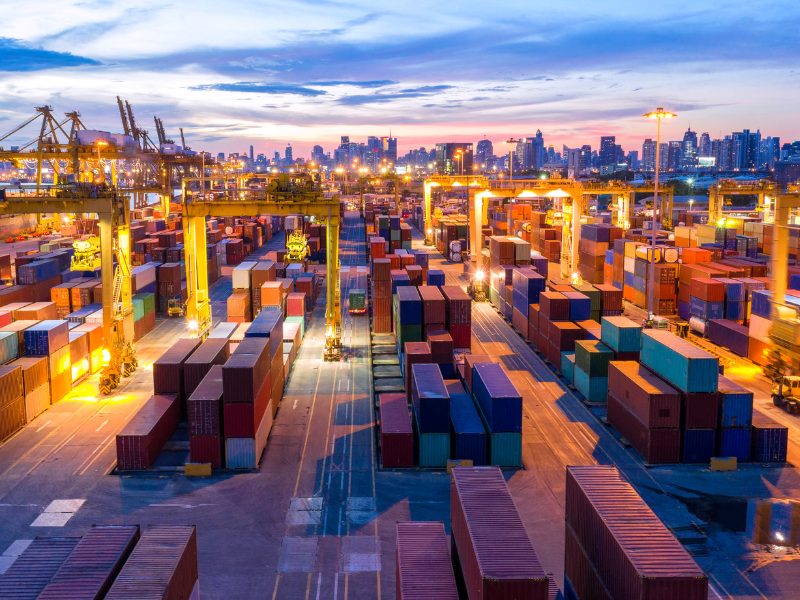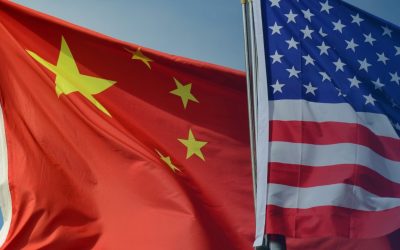The agreement changes cost structures, compresses margins in key industries, and forces a reassessment of shipments, certifications, and pricing. Tech companies operating across both markets are already feeling the impact.
The recent tariff agreement between the United States and the European Union is pushing companies to reassess their strategies. The deal sets a general 15% tariff on most European imports into the US. Certain products, including steel, aluminum, and copper, remain subject to tariffs of up to 50%. There are exemptions for aircraft, generic pharmaceuticals, and select semiconductor components.
This shift triggers two immediate effects. On one hand, it raises import costs for a wide range of European goods while boosting the competitiveness of US industrial exports. On the other hand, companies heavily reliant on metal-based inputs will need to reexamine their margins.
How This Affects US Electronics and Tech Importers
- A base tariff of 15% now applies to most EU-origin products, including semiconductors and hardware.
- Companies relying on metals such as steel, aluminum, or copper, still facing tariffs of up to 50%, are under added margin pressure.
- The outlook remains uncertain, as exemptions could be extended to specific types of tech equipment, although no official decisions have been announced.

How This Affects US Tech Exporters to Europe
- Benefit from a competitive edge, as the EU will remove tariffs on US industrial goods, opening up opportunities for machinery, components, and B2B products.
- Strict European compliance standards (CE, REACH, RoHS) remain in place and can hinder market access if not fully met.
How Should Companies Prepare?
The tariff impact can destabilize smaller businesses, especially those operating with tight margins. A 5% to 10% increase requires recalculating unloading costs and reassessing pricing strategies. In many cases, it’s advisable to model different scenarios and decide whether to adjust prices or absorb part of the impact.
It’s also important to monitor official announcements regarding potential exemptions. Industries such as semiconductors may qualify for benefits, provided they meet the requirements on time. At the same time, exporting industrial or B2B products to Europe will require test shipments, certification verification, and a thorough logistics review. This helps minimize errors and provides a clearer view of how the market will actually respond.
Delegate Your Logistics to Avoid Friction
The new tariff agreement between the United States and the European Union directly affects tech and electronics companies that import components or finished goods from Europe. In this context, Aerodoc’s Importer of Record (IOR) service can serve as a strategic partner to reduce risk and control additional costs.

Tariff Management and Regulatory Compliance
Through its IOR service, Aerodoc acts as the legal importer on behalf of the company, managing all duties, taxes, and customs procedures associated with the importation process. This eliminates unexpected costs and supports accurate financial planning.
Market Access Without a Local Legal Entity
Many SMEs and tech providers lack a legal structure in the US or Europe. Aerodoc enables these companies to ship internationally without establishing a local entity, facilitating the import of European components into the US and the export of US industrial products to the EU.
Support in Sensitive Sectors Like Semiconductors and Hardware
Given the uncertainty surrounding tariff exemptions for certain tech equipment, Aerodoc brings expertise in managing complex shipments, including certifications, permits, and technical compliance. Its track record in IT, telecommunications, and broadcasting demonstrates how Aerodoc supports clients operating under strict deadlines and diverse regulatory requirements.
Risk Reduction and Operational Efficiency
By centralizing operations with a single trusted provider, companies can avoid delays caused by unfamiliarity with local customs procedures. Aerodoc offers White-Glove and door-to-door (DDP) deliveries, ensuring equipment arrives directly at its destination—ready for installation and testing.
Contact our team of experts to learn more about how our services can support your international operations.
Q&A
- How will the US–EU Tariff Deal impact global supply chains in the long term? The US–EU Tariff Deal necessitates a reconfiguration of supply routes and sourcing strategies, particularly in sectors like automotive, industrial machinery, and technology. Companies must diversify suppliers to ensure long-term resilience against tariff-related disruptions.
- What strategies can businesses adopt to minimize the financial impact of the US–EU Tariff Deal? Key strategies include leveraging Importer of Record (IOR) services, optimizing tariff classifications, and restructuring logistics operations through third-country trade agreements to reduce exposure to elevated duties.
- How can SMEs ensure regulatory compliance when exporting to the EU under the US–EU Tariff Deal? SMEs should establish early-stage CE, REACH, and RoHS compliance processes, collaborate with certified suppliers, and engage experienced partners for technical documentation and regulatory navigation.
- Are there tools available to assess the financial implications of the US–EU Tariff Deal on my operations? Yes, businesses can utilize tariff simulation models, landed cost calculators, and integrated ERP systems to forecast import/export expenses and evaluate pricing and sourcing adjustments under the new tariff framework.




